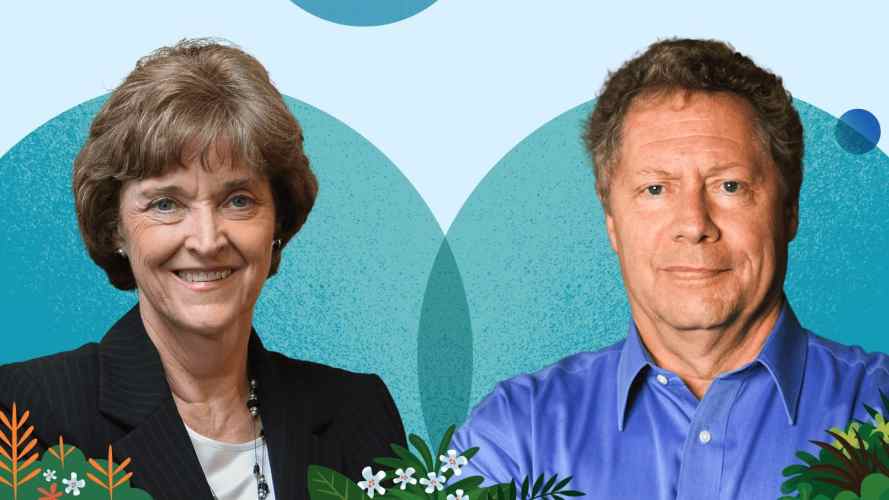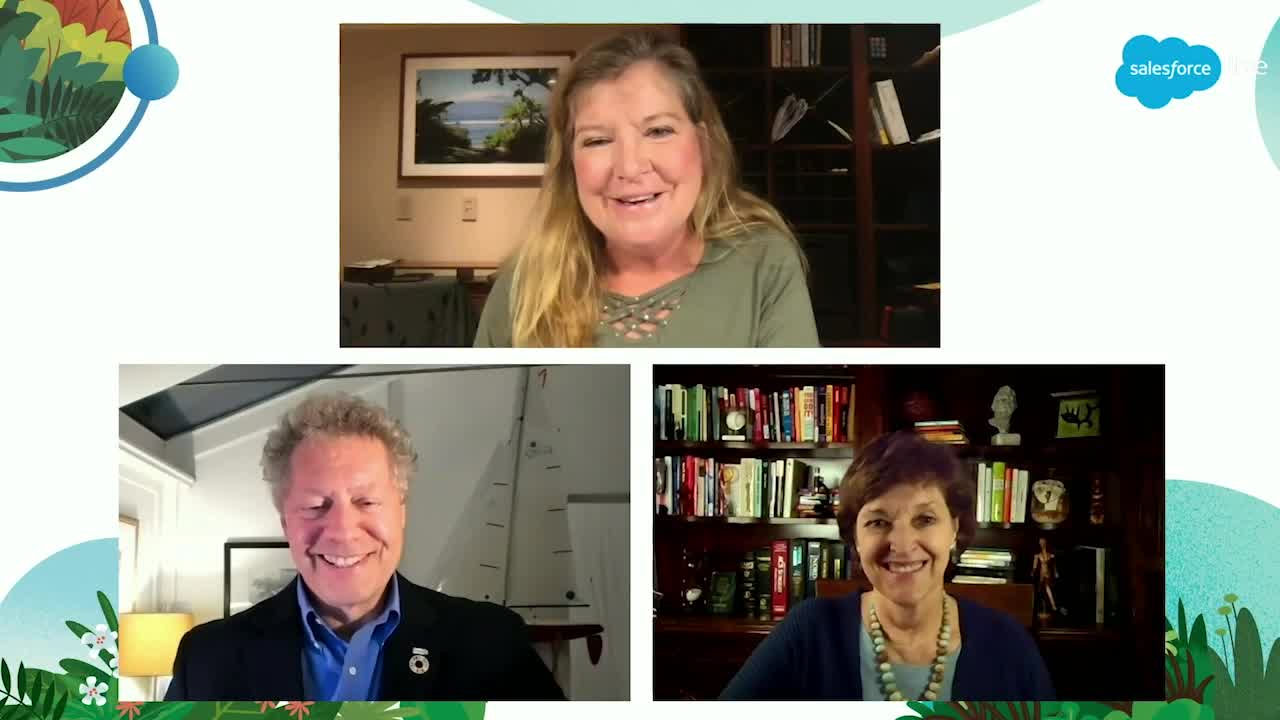Delivering the COVID-19 vaccine to every person on Earth is going to be “the largest scale-up in history,” said Dr. Seth Berkley, chief operating officer of Gavi, the Vaccine Alliance, an organization that has helped vaccinate 820 million children in the 73 poorest countries against cholera, meningitis, and Ebola. Dr. Judy Monroe, president and CEO of the CDC Foundation, adds that to help make that happen, “We’ve seen outreach from the private sector unlike we’ve ever seen before.” Her organization links the government-run Center for Disease Control and Prevention with donors from the private sector to build public health programming across the U.S. and 85 other countries. Together, these two organizations are tapping industry resources to help tackle one of the greatest health crises in history.
The metrics on manufacturing, delivery, and distribution are nearly unprecedented – particularly when you consider the hurdles of cost and infrastructure for mass inoculations in the planet’s most impoverished countries. Berkeley estimates the cost for global vaccines to be $5 billion in 2021; a trivial amount when he tags the cost of the pandemic so far at around $12 trillion.
If you’ve watched Dr. Judy Monroe of the CDC Foundation and Dr. Seth Berkley of Gavi, the Vaccine Alliance in this episode of Leading Through Change, or even if you haven’t, here are some fun facts on how they use Salesforce for success.
Salesforce tools in CDC Foundation’s spotlight
- Products used: Nonprofit Cloud, The Nonprofit Success Pack, Marketing Cloud, Journey Builder
- For fundraising and targeted donor communication, CDC Foundation relies on Nonprofit Cloud and Nonprofit Success Pack as their customer relationship management software. Under COVID, their donor base grew from 42,000 to over 150,000, and individual giving increased by 2403%. They activated an Emergency Response Fund in January to provide support for health departments and quickly support global response. In less than three months, donations from individuals, philanthropies, and corporations totaled $30 million. Not only were their tools able to scale gracefully, but they also provided access to real-time, sophisticated reports and dashboards to help them make better decisions.
- Before COVID, the organization maintained a contact list of about 11,000 names. That’s jumped to around 85,000 email addresses in the past few months. To manage this list, and to track and target specific donor engagements, they use Marketing Cloud along with Journey Builder for personalized communications.
- CDC Foundation also uses the Salesforce AppExchange to tightly connect their data to other systems like DocuSign, WealthEngine, Classy, and FormAssembly.
Salesforce tools in Gavi, the Vaccine Alliance’s spotlight
- Products used: App Cloud, Community Cloud, Tableau CRM
- Historically, Gavi’s grant application and renewal process was challenging and manually intensive. With App Cloud and Community Cloud, Gavi deployed a Country Portal using Force.com. Local stakeholders across the globe are now able to accelerate the application process and view real-time access to their grant status; Gavi reduced its time to process a grant application by 25%. In addition, the software update costs the non-profit just 4% overhead (versus an industry average of about 20%).
- Tableau CRM is what Gavi uses for data analysis and insights. They’re now able to track performance of immunization programs, and use data collected in Country Portal to make decisions that promote year-round program improvement.
Top three takeaways from the episode
- The private sector is needed not just for financing, but for innovation and communication. Dr. Berkeley reported that his organization relies on technology and service tools to manage massive amounts of data around the logistics of delivering half a billion vaccine doses. He holds up the example of using drones as the best delivery option for bringing blood into Rwanda. Industry is ripe with new ideas that can be deployed for better health worldwide.
- Dr. Monroe adds that the private sector – employers, schools, universities, etc. – is a must for education and distribution. Communication networks are already in place for sharing relevant, timely health information. And, just as Polio vaccine sugar cubes were distributed through schools, and flu shots are increasingly more common in the workplace, these institutions can also be assets for bringing vaccines to a large swath of the population quickly.
- Dr. Berkeley also told us there are more cell phones than toilets in the world. Whoa.
What should business leaders know about vaccines?
Peter Schwartz shares how to be prepared for what’s next.
































